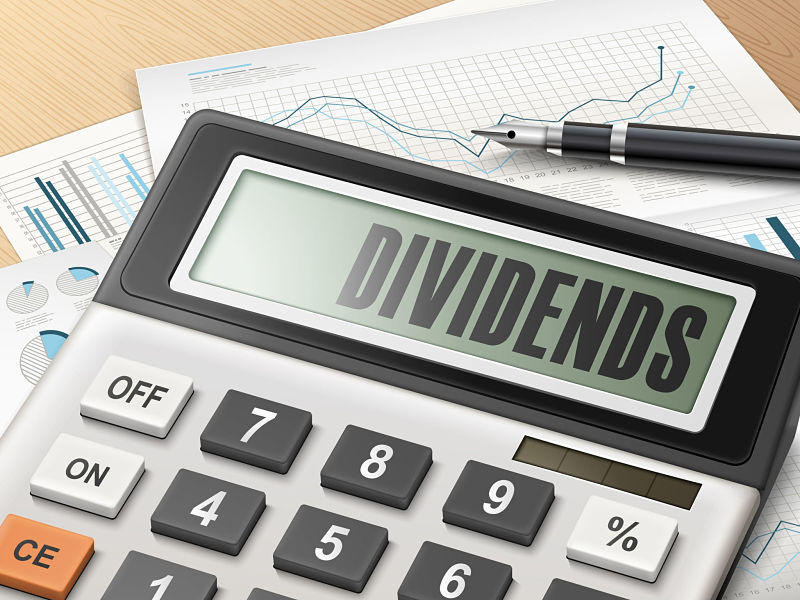
Toronto-based Fidelity Investments Canada ULC is diving into the ETF market with the launch of six factor-based funds focused on dividends and rising interest rates.
The new ETFs, which will begin trading on the Toronto Stock Exchange on Sept. 18, are actively managed in that the indices are constructed by Boston-based Fidelity Management & Research Co. Inc. (FMR) but are then calculated by S&P Dow Jones Indices LLC.
“They’re active by design,” says Darby Nielson, managing director of research with FMR, “but passive in implementation.”
Nielson argues that these ETFs are different from other factor-based funds in the market because of the company’s quantitative research and fundamental analysis experience as well as its experience in building factor products and indices. Fidelity’s U.S. parent has a suite of 25 ETFs and has launched 10 factor funds since 2016.
“It’s all based on our experience as an active manager [and] not [as a] traditional index provider,” says Nielson. “As an active manager, this quant plus fundamental hybrid, that’s informed [by] what we have done, is a differentiator in terms of what we’re doing.”
The company’s new ETFs are as follows: Fidelity Canadian High Dividend Index ETF; Fidelity U.S. Dividend for Rising Rates Index ETF, Fidelity U.S. Dividend for Rising Rates Currency Neutral Index ETF; Fidelity U.S. High Dividend Index ETF; Fidelity U.S. High Dividend Currency Neutral Index ETF; and Fidelity International High Dividend Index ETF. Management fees for the ETFs range between 0.35% and 0.45%.
Each of these strategies are also available in traditional mutual fund structures.
The U.S. rising rate ETF is designed to protect against increasing interest rates by investing in dividend-paying equity securities of U.S. companies with positive correlations of returns to increasing 10-year U.S. Treasury yields. This is the first such strategy available in Canada, according to Fidelity.
The decision to focus on the dividend yield factor was made with Canada’s aging population in mind.
“We have an aging demographic,” says Andrew Clee, vice president of ETFs, Fidelity Canada, “[and] clients and investors are more likely to rely on portfolios as sources of income when they go to [the] deaccumulation [phase].”
In addition to building an index of dividend-paying companies, Fidelity also screens its indices to make sure the fund portfolios so that are not overly exposed to one sector or company.
“Whether it’s country, company, sector or size, we try to be thoughtful about portfolio construction,” says Neilson, “so you don’t end up with unintended risk.”
With the launch of these funds, Fidelity joins 28 ETF providers offering more than 600 products. Clee, however, sees plenty of room in the Canadian market for another player.
“It’s still a nascent industry in the sense [that it’s] around $160 billion in assets but when we look at flows it’s almost punching dollar-for-dollar with mutual funds,” says Clee. “I think the opportunity is still there as long as you’re bringing a differentiated strategy to the market and a well-crafted plan.”
In addition to launching the suite of ETFs and their corresponding mutual funds, Fidelity has also launched Fidelity Tactical Global Dividend ETF Fund. The fund is a global dividend product that invests primarily in Fidelity ETFs although it can invest up to 20% in third-party ETFs.